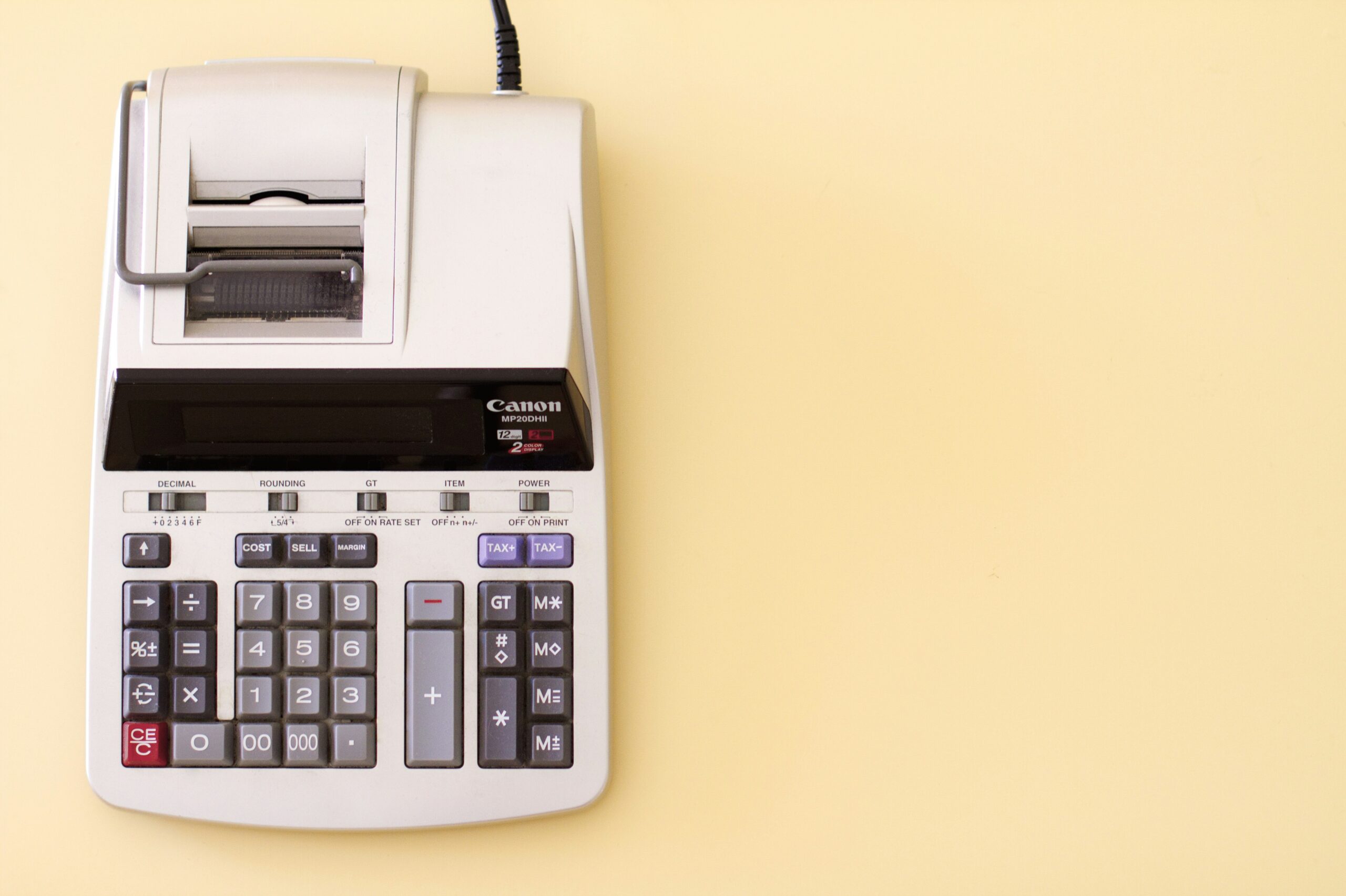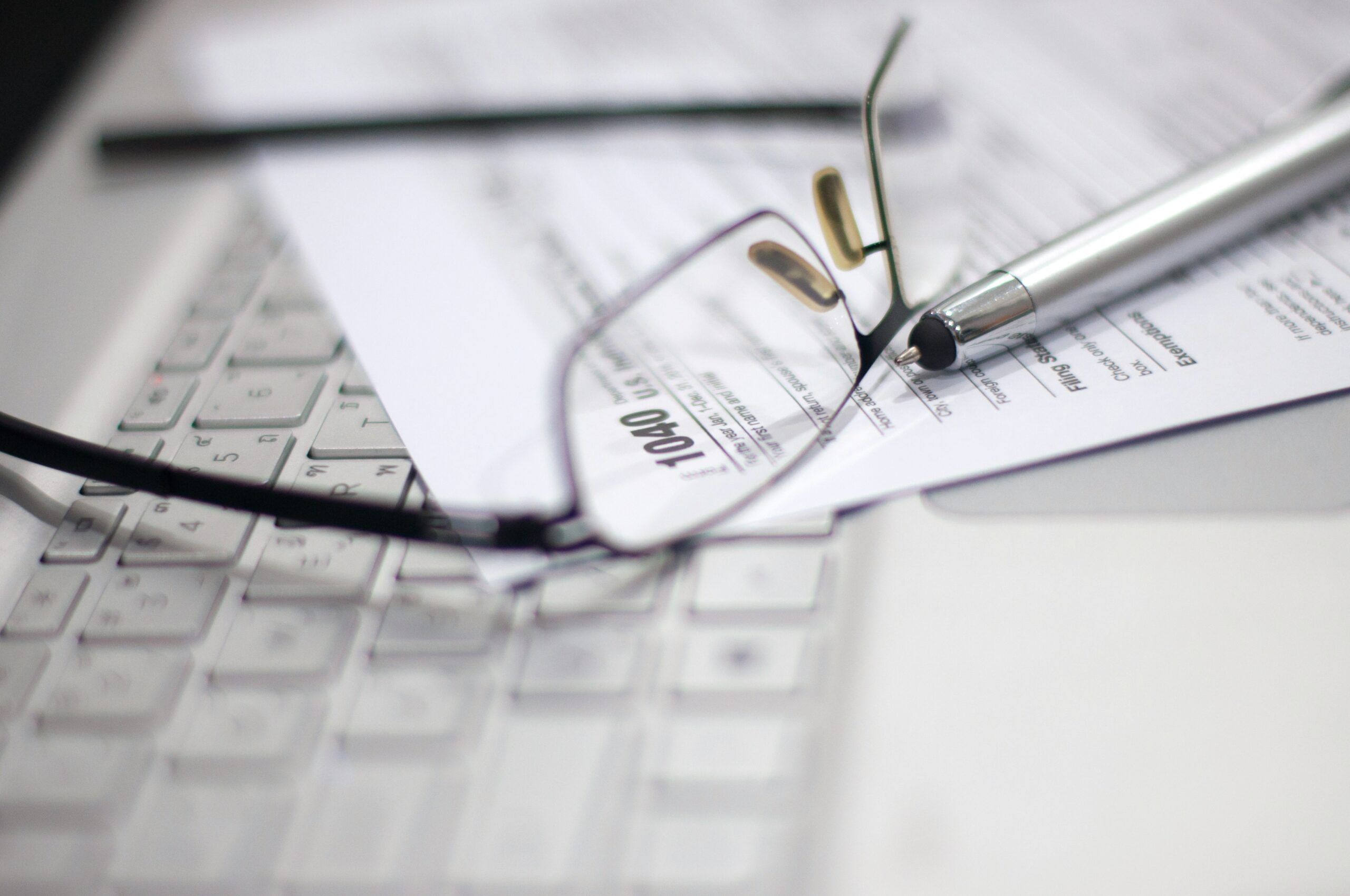Why Leasing Helps ROI Come Sooner
When companies think about automation, the conversation almost always circles back to ROI. Business leaders want to know: How quickly will this pay for itself? Leasing helps strengthen that argument in two important ways. First, it lowers the upfront investment, so you can start realizing labor savings, productivity gains, and reduced errors without tying up large amounts of capital. Second, when leases are structured with residual value factored in, monthly payments are reduced, which improves cash flow and shortens the payback period.
What Goes Into ROI for Automation
The return on investment for AMRs and AGVs is driven by a combination of costs and benefits. On the cost side, you have the equipment, integration, installation, and ongoing operating expenses such as maintenance, energy, and training. On the benefit side, you’ll see reduced labor costs, improved throughput, fewer errors, less downtime, and often some “soft” benefits like higher employee morale or fewer accidents.
Residual value also plays a role. If the equipment retains value at the end of the lease, that offsets your total cost of ownership and improves ROI. When you calculate ROI, you’re essentially comparing your net benefits (savings plus productivity gains) against the total cost over time.
A Simple Payback Example
Let’s say your business installs an AMR system valued at $400,000. Instead of paying in full, you lease it for about $9,000 per month over four years, with residual value built into the agreement. If the system saves you around $160,000 in labor annually and another $10,000 in reduced damage or productivity gains, while costing about $20,000 a year to maintain, your net annual benefit is about $150,000. In this case, the investment pays for itself in just under three years. If residual value is factored in, the payback happens even sooner.
Typical Timelines to See Returns
Every facility is unique, but most businesses see returns from AMRs and AGVs within one to three years. High-utilization warehouses running multiple shifts can sometimes break even in under 18 months. Mid-sized operations with fewer shifts might expect ROI in the two- to three-year range. Pilot projects, where only part of the facility is automated, can take a little longer but often pave the way for faster returns when scaled up. Leasing can shave time off each of these scenarios by making cash flow smoother and eliminating the large upfront capital hurdle.
How Residual Value Works in Your Favor
One of the less obvious but powerful benefits of leasing is how residual value influences payments. Instead of spreading the full purchase price across your lease term, the cost is reduced by what the equipment is projected to be worth at the end of the lease. That means you’re only financing the depreciation and interest, not the entire purchase price. For you, that translates into lower monthly payments and faster ROI.
The Bottom Line
Purchasing outright can make sense in some cases, but leasing gives many businesses an earlier path to positive ROI. By reducing upfront costs, spreading expenses over time, and factoring in residual value, leasing makes automation more financially accessible, and it allows you to see results faster.
At Konnected Technology, we don’t just provide robots and systems. We help you think through the financial strategy behind automation, from lease options to ROI modeling, so you can make the smartest choice for your business.
Reach out to learn which leasing or rental options could work for your business.



